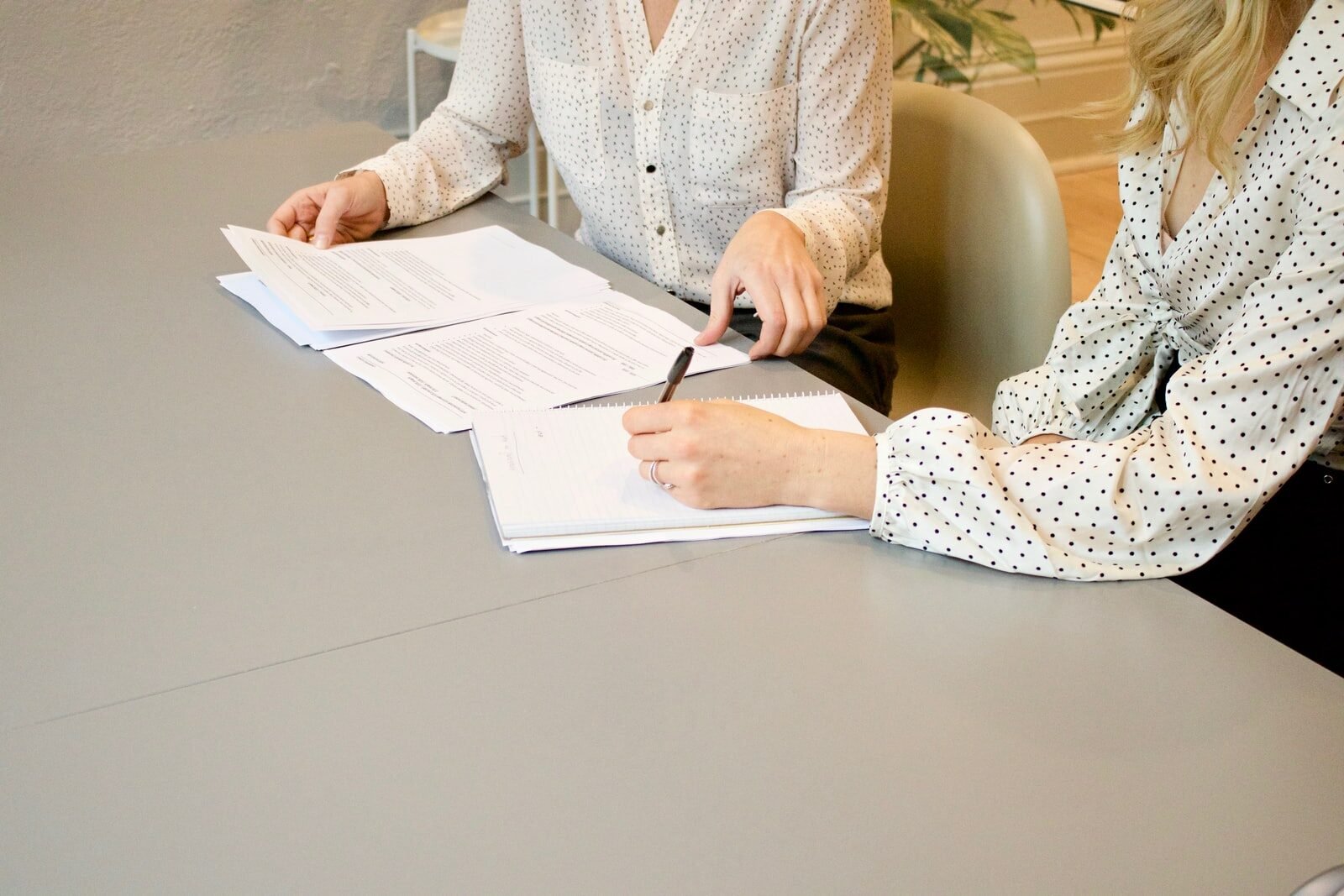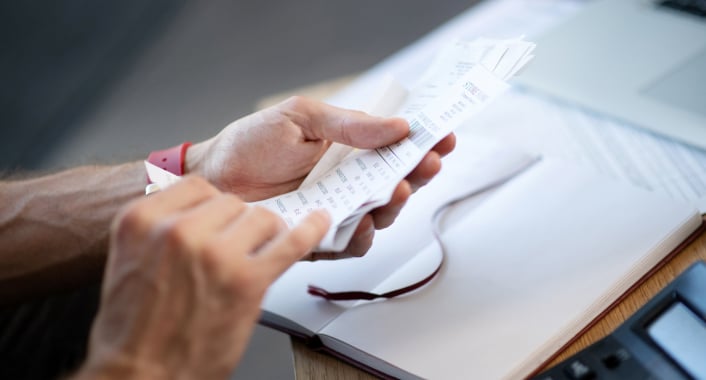
- Home
- Bankruptcy
- How to file for bankruptcy
How to File for Bankruptcy
Smythe Insolvency is here to help guide you through the process, so you can learn how to file for bankruptcy in British Columbia. Our team will answer any and all questions you have and will ensure the process goes smoothly.
Overview
In some cases, the only way to eliminate debt is to declare personal bankruptcy.
Though there is sometimes a stigma surrounding this process, there absolutely shouldn’t be. Many individuals who file for bankruptcy are honest, hard-working people who file as a last resort after years of struggling to pay their bills or are dealing with a stressful life event such as divorce, the loss of a job, a failed business venture, a serious illness or a family emergency.
WORK WITH SMYTHE The Process
Assess Your Financial Situation
Before you decide to file for bankruptcy, it’s a good idea to first sit down with a Licensed Insolvency Trustee (LIT) and determine if bankruptcy is the right solution for you. You may come to realize that there is a better debt relief solution for your unique situation. To start the process, your trustee will need the following items from you:
- Personal information (name, address, birth date)
- A list of your creditors and how much you owe
- A complete list of your assets
- Up-to-date tax information
- Information on your income and monthly budget

Sign Your Bankruptcy Documents
Your LIT will help you fill out the necessary paperwork to file for bankruptcy. Even though the Trustee will be the one preparing the documents based on the information you provided, it is still your responsibility to make sure all the information is accurate before you sign anything.
File Your Bankruptcy
Your Trustee will file the completed and signed paperwork with the Office of the Superintendent of Bankruptcy, at which time you will be considered legally bankrupt. Immediately following the filing of the paperwork, a “stay of proceedings” will begin. This means your creditors and collection agencies must stop all actions against you, including constant calls and any legal proceedings. Your Trustee can also notify your employer to stop wage garnishments on your paycheque. After filing, you can stop making payments to unsecured creditors and begin simply making your bankruptcy payments to your LIT.
Fulfill Your Bankruptcy Requirements
When you file for bankruptcy, you agree to perform all bankruptcy duties. These include:
- Making your bankruptcy payments,
- Providing information about your monthly budget
- Disclosing your assets to your LIT
- Attending two insolvency counselling sessions and notifying the Trustee of any material changes to your situation.
- Notifying your Trustee of any material changes to your financial situation during the bankruptcy.
Receive Your Certificate of Discharge
Your bankruptcy process will end with you receiving your Certificate of Discharge. For first-time bankruptcies, this usually occurs automatically either nine months or 21 months after you file.
You will receive your Certificate of Discharge if you make all your payments and complete your requirements in full.

Filing for Bankruptcy
Filing for personal bankruptcy is a legal debt solution that provides you with the opportunity to eliminate your debts and move forward with a fresh financial start. Bankruptcy allows an honest person in an unfortunate situation the dignity to eliminate their debts and focus on building a brighter future.
Why Meet With a Licensed Insolvency Trustee?
In British Columbia, a Licensed Insolvency Trustee (formerly known as a Bankruptcy Trustee) is an individual who is licensed and regulated by the federal government and will work with you to help determine what the best option is for your unique situation. Licensed Insolvency Trustees (LITs) abide by a strict code of conduct to explain all your debt relief options, while other debt consultants may not. There are many companies that offer debt consolidation services, however, only a LIT can file bankruptcies, manage any assets held in trust in a bankruptcy and administer consumer proposals.
The Trustee acts as a mediator between the debtor and their creditors, and must balance the interests of all parties, ensuring they are satisfied with the bankruptcy terms before they are finalized.
CONTACT USWho Needs to File for Bankruptcy?
While every person’s financial situation is different, there are some tell-tale signs that it may be time to consider filing for personal bankruptcy.
Being honest with yourself, understanding that your debt is not a problem you need to face alone and recognizing the warning signs is the best place to start in order to move forward to a debt-free life.
You may want to consider filing for bankruptcy if you meet any of the following criteria:
- You are regularly unable to make payments when they are due
- You can barely afford your minimum payments each month
- You have credit cards that are maxed out
- You are making bill payments by taking credit card cash advances
- Your creditors have passed your account over to collection agencies, and you’re being harassed by creditor calls
- You have been sent a notice of legal action that your creditors are attempting to collect the money you owe
- You are living pay cheque to pay cheque
- Your creditors are garnishing your wages
- You are borrowing money from friends and family
Understanding Bankruptcy Discharge
How Bankruptcy Can Help You Overcome Your Debt
If you have an unmanageable amount of debt, it’s important to fully understand your options. Speaking with a Licensed Insolvency Trustee (LIT) will help you assess your debt and determine whether bankruptcy is the right option for you. By eliminating your debt, bankruptcy gives you a fresh start and a chance to rebuild your credit. Filing for bankruptcy can help you in the following ways:
Legal Protection From Creditors
As soon as you file for bankruptcy, you are immediately provided with legal protection from your creditors. This means no more constant phone calls, legal judgments, wage garnishments or other collection actions.
Eliminates Unsecured Debt
Once finalized, your bankruptcy will eliminate most of your unsecured debts. This includes credit cards, Canada Revenue Agency and ICBC debts, student loans (if you’ve been out of school for 7 years or more), payday loans and others.
Reasonable Debt Payment
The cost of filing for bankruptcy is determined by each person’s individual situation and is regulated by the Office of the Superintendent of Bankruptcy. In many cases, an individual will only pay back a fraction of what they owe.
Solve Problems Quickly
While the bankruptcy process does not occur overnight, it is a relatively quick way to eliminate debt. Many people who are filing for their first bankruptcy are debt-free within nine months.